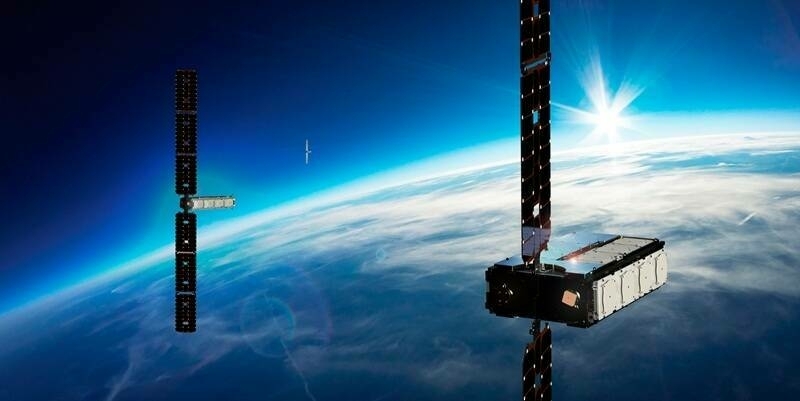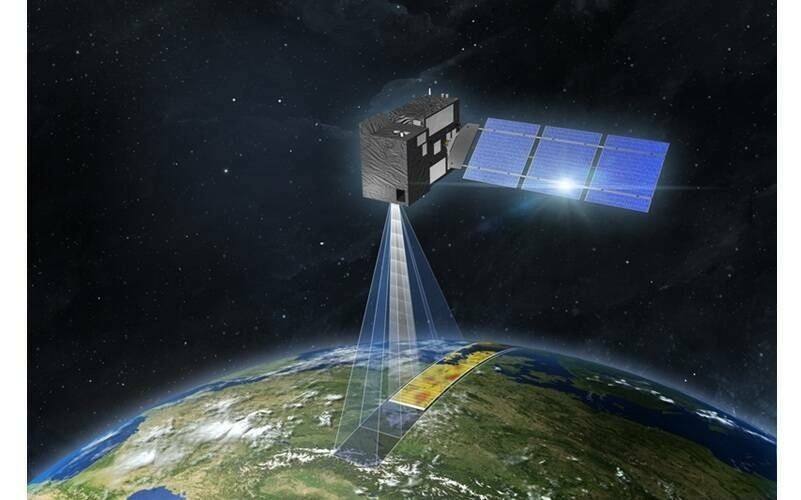ExoMars is a joint endeavour between ESA and Russia's Roscosmos space agency, and comprises the Trace Gas Orbiter (TGO) and the Schiaparelli entry, descent and landing demonstrator.
TGO will make a detailed inventory of Mars' atmospheric gases, with particular interest in rare gases like methane, which implies that there is an active, current source. TGO aims to measure methane's geographical and seasonal dependence and help to determine whether it stems from a geological or biological source.
TGO will start its science mission at the end of 2017, following a year of complex aerobraking manoeuvres to circularise its orbit. It will also act as a relay for ESA's ExoMars 2020 rover.
Schiaparelli will separate from TGO on 16 October, entering the atmosphere for a six-minute descent to a region in Meridiani Planum, on 19 October.
It will test a range of technologies to enable a controlled descent and landing on Mars in preparation for future missions, including a heatshield, a parachute, a propulsion system and a crushable structure.
Schiaparelli also carries a small science package that will record the wind speed, humidity, pressure and temperature at its landing site, as well as obtain the first measurements of electric fields on the surface of Mars that may provide insight into how dust storms are triggered.
The separation of Schiaparelli from TGO will be covered online. Media are invited to join mission experts at ESOC on 19 October to follow the orbit insertion of TGO and the landing of Schiaparelli, and to attend a briefing on 20 October when the first descent camera images are expected.
Subscribe to our newsletter
Stay updated on the latest technology, innovation product arrivals and exciting offers to your inbox.
Newsletter

